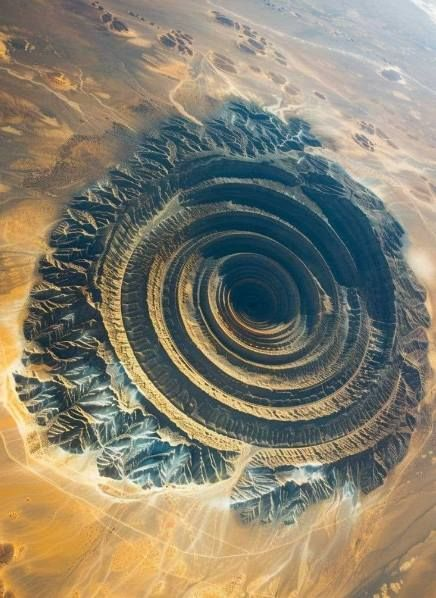The Ice Giant of Mystery
Uranus, the seventh planet from the Sun, is a unique ice giant with a striking bluish-green color and an extreme axial tilt that sets it apart from other planets. It is composed primarily of hydrogen, helium, and icy materials, and its frigid temperatures make it one of the coldest places in the solar system.

1. Atmosphere:
Uranus’s atmosphere is thick and primarily composed of hydrogen (83%), helium (15%), and methane (2%), with traces of water and ammonia.
Methane’s Role: Methane absorbs red light and reflects blue and green, giving Uranus its distinct color.Lack of Storms: Compared to Neptune, Uranus has relatively few visible storms or dynamic weather patterns, though faint cloud bands have been observed.Temperature: Uranus is the coldest planet in the solar system, with an average temperature of -224°C (-371°F).
Upper Atmosphere: It contains hazes that obscure details, contributing to its bland appearance.
2. Geological Features:
Uranus lacks a solid surface, but its internal structure is layered and complex:
- Core: Likely a small, rocky core surrounded by a thick mantle of water, ammonia, and methane ice.
- Mantle: The mantle of icy materials is thought to include a dense, slushy mix of water and ammonia.
- Magnetic Field: Uranus’s magnetic field is highly irregular, tilted at 59° relative to its rotation axis and offset from the planet’s center.
- Rings and Moons: Uranus has 13 faint rings and 27 known moons, including Titania, Oberon, and Miranda, each with diverse terrains and potential geological activity.


3. Ecosystem:
Uranus has no ecosystem and is inhospitable to life due to its harsh environment.
Challenges for Life:
- No solid surface.
- Frigid temperatures and lack of liquid water.
- Extreme pressures in the lower atmosphere.
Potential in Moons: Some of Uranus’s moons, like Miranda and Ariel, might harbor subsurface oceans, making them targets for future exploration of potential habitability.
4. Weather:
Uranus’s weather is subtle but still influenced by its extreme axial tilt of 98°, causing unique seasonal variations.
Axial Tilt: The planet rotates almost on its side, resulting in extreme seasons that last about 21 Earth years each.
Winds: Winds can reach speeds of up to 900 km/h (560 mph) in the upper atmosphere, though they are less dynamic compared to Neptune.
Storms: Occasional storms and brighter cloud features have been detected, suggesting some internal activity.
Temperature Distribution: Despite being tilted, the poles and equator receive similar amounts of sunlight due to Uranus’s diffuse atmosphere.


5. Inhabitation:
Uranus itself is not habitable due to its extreme conditions.
Challenges for Life:
- Extremely low temperatures and high pressures in the atmosphere.
- Lack of a solid surface or any liquid water.
- Harsh chemical environment dominated by methane and ammonia.
Scientific Interest:
- Uranus’s moons, particularly Ariel and Miranda, are of interest for astrobiology due to potential internal heat and subsurface oceans.
- Exploration by spacecraft, such as a future dedicated Uranus orbiter, could provide more insights into the planet’s structure and its moons’ habitability.
Uranus remains one of the least explored planets in the solar system, but its unique features and potential for discoveries on its moons make it an intriguing target for future missions. Its icy composition and dynamic history offer a window into the nature of ice giants and the processes that shape distant planets in our solar system and beyond.